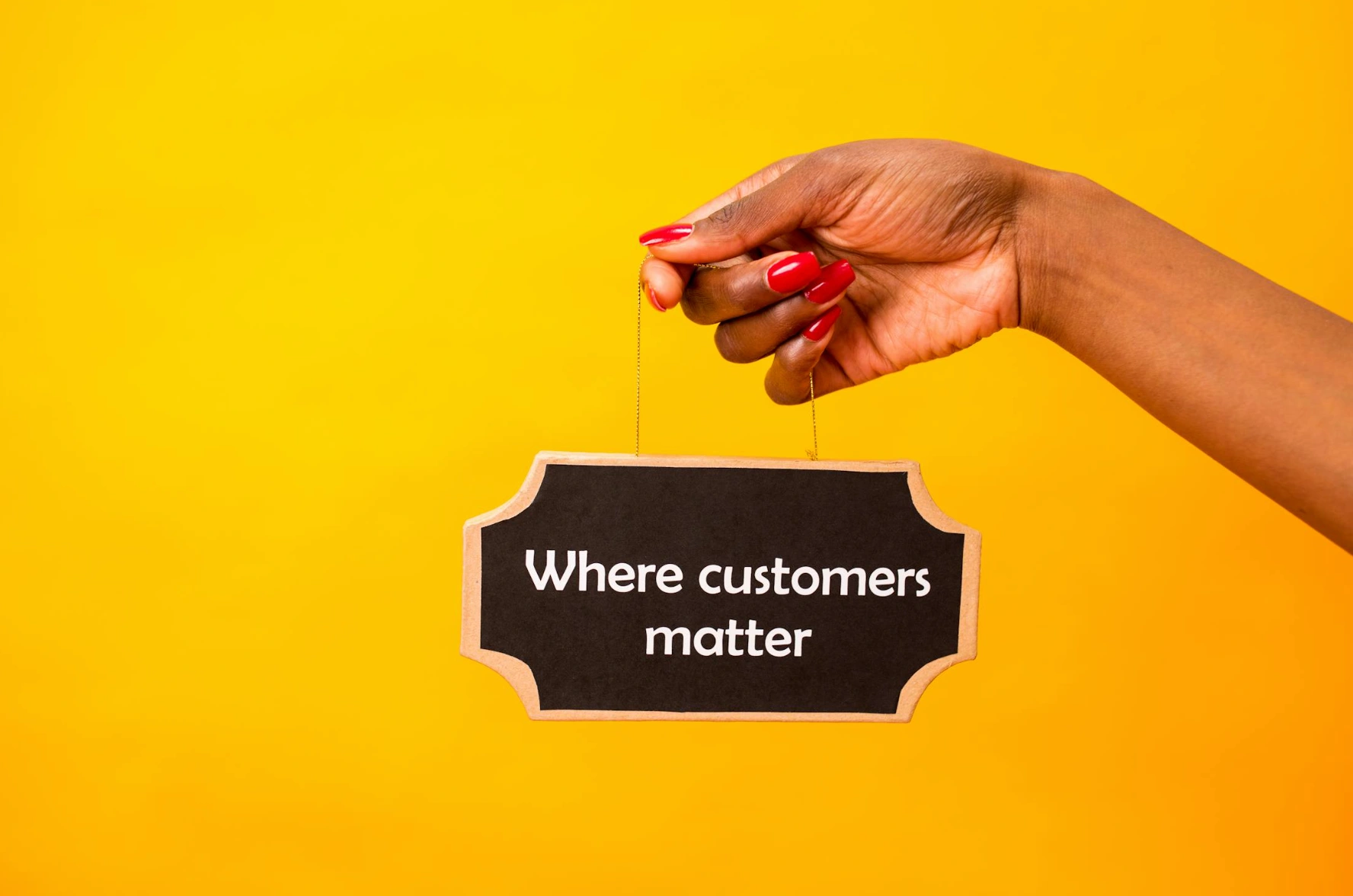Brand Audit Checklist 2025: Brand Auditing Essentials to Measure What Matters
Updated on
Published on

A strong brand starts with clarity, and a good brand audit checklist turns that clarity into action. This introduction walks you through the brand auditing essentials that reveal what’s working, what’s missing, and where to prioritize your next 90 days. Think of it as a practical checklist for brand auditing across strategy, identity, web, content, and customer experience—scored, evidenced, and repeatable. Use it to align teams, fix gaps fast, and set measurable goals that actually move the brand forward.
How to use this checklist
Treat the audit like a snapshot of brand health across strategy, execution, and measurement. Score each section 0–2 (0 = missing, 1 = partial, 2 = complete), capture proofs (links, screenshots), and turn any 0s into 30-day fixes while scheduling 90-day improvements for 1s. Repeat quarterly for fast-moving surfaces (website, content, social), and bi-annually for slower layers (identity, governance).
- Keep one shared tracker with owners, deadlines, and links to evidence.
- Standardize scoring rules so future audits are comparable over time.
1) Brand foundations
Start with clarity as your number one for brand auditing essentials: purpose, positioning, promise, and proof. A one-sentence positioning statement anchored in customer outcomes aligns every downstream asset (site copy, ads, sales decks), while explicit proof points prevent generic claims. Confirm that vision/values map to measurable objectives and that leadership can recite the pitch consistently—brand cohesion starts at the top.
- Deliverables: one-line positioning + three proof points + three business KPIs.
- Evidence: documented mission/vision/values and a current, signed-off boilerplate.
2) Audience and voice-of-customer
Replace assumptions with recent evidence to check off your brand audit checklist. Run structured interviews, survey your core segments, mine reviews and on-site search logs, and synthesize themes into pains, gains, and jobs-to-be-done that guide offers and language. Personas should capture size, willingness to pay, objections, and channel preferences—and be refreshed at least twice a year (HubSpot).
- Evidence: 10–15 interviews, coded themes, and a VOC summary doc (<90 days old).
- Outputs: segment snapshots with key objections and verbatim quotes for copy.

3) Visual identity system
Audit logo families (primary/secondary/mono), color, typography, imagery, and iconography for consistency and accessibility. Validate color contrast against AA/AAA thresholds, confirm minimum sizes/clearspace, and ensure licenses are in place for all fonts and assets. Provide do/don’t examples so teams ship correctly the first time (W3C WCAG).
- Checks: contrast ratios, legibility on mobile, favicon/app icon coherence.
- Artifacts: a single, current brand kit (logos, swatches, styles) with usage rules.
4) Verbal identity and messaging
Your story should be recognizable across web, sales, PR, and support. Define tone (with do/don’t and examples), write a modular boilerplate, and create a messaging ladder that ties claims to evidence and benefits per audience. Consistency increases recall and lowers editing cycles (Nielsen Norman Group).
- Deliverables: elevator pitch + 3 audience-specific value props + objection FAQs.
- Governance: words to use/avoid and examples by channel (web, email, social, PR).

5) Website UX and performance
Test how easily users can complete top tasks (find a product, get pricing, book a demo) on mobile first. Measure Core Web Vitals and prioritize regressions—LCP ≤ 2.5s, INP ≤ 200ms, CLS ≤ 0.1 are the current “good” thresholds. Faster, more stable pages lift both user satisfaction and search visibility (web.dev, Google Search Central).
- Fix list: oversized media, render-blocking scripts, bloated third-party tags.
- Proof: page-type CWV report (home, PLP/PDP, blog, landing) with before/after.
6) Accessibility and compliance
Accessibility is non-negotiable. Verify semantic HTML, alt text, form labels, focus states, captioning/transcripts, and keyboard navigation. Pair automated scans with manual checks and document your target conformance level (A/AA/AAA) with a remediation roadmap (W3C WCAG).
- Actions: run automated tools, then validate with keyboard + screen reader passes.
- Evidence: an issues log with owners, timelines, and acceptance criteria.

7) Content architecture and SEO
Map content to the funnel (discover → evaluate → decide) and align titles, H1/H2s, internal links, and schema to search intent. Confirm crawlability (robots, sitemaps), duplicate consolidation (canonicals), and index coverage in Search Console. Plan refreshes for aging winners to protect traffic (Google Search Central).
- Deliverables: pillar/cluster map with internal link plan to money pages.
- Hygiene: clean XML sitemap, canonical rules, and a 90-day refresh backlog.
8) Social and community
Decide the job of each channel (reach, engagement, support, social proof) and align content pillars to audience needs. Set response SLAs, escalation paths, and creator/UGC guidelines, then publish native-first formats on a predictable cadence. Benchmark performance and listening trends against your category (Sprout Social Index).
- Evidence: 90-day content calendar, community playbook, and sentiment report.
- Safeguards: crisis keywords list + response templates + approver matrix.

9) PR, reputation, and trust
Refresh media lists, pitch angles, and a downloadable press kit (logo, boilerplate, images, bios, facts). Track share of voice and sentiment versus competitors, and systematize reviews (ask, respond, amplify). Trust grows when evidence is easy to verify (certifications, case studies, customer logos) (Edelman Trust Barometer).
- Deliverables: tiered outlet list with beats; three timely story angles per quarter.
- Proofs: case study library with quantified outcomes and quotable customers.
10) Paid media and retail media
Ensure offer-creative-landing page continuity, instrument conversions and micro-goals, and run lift/incrementality tests, not just last-click ROAS. Standardize UTMs and naming conventions so cross-channel reporting is clean; align measurement with industry best practices (IAB Tech Lab).
- Evidence: one measurement plan (conversions, lift, pacing) shared across teams.
- Experiments: hypothesis, KPI, guardrails, sample-size plan, and post-mortem.

11) Product, pricing, and packaging
Clarify how features map to benefits and problems solved. Pressure-test price architecture against competitors and willingness-to-pay; ensure packaging/claims meet local rules and are legible on mobile and shelf. Substantiation is required for any objective claim (FTC Advertising Guides).
- Outputs: “good/better/best” ladder with proof and target segments.
- Checks: claim substantiation file, recycling/ESG notes, and unboxing experience.
12) Customer experience and retention
Instrument onboarding, activation, and renewal flows; measure NPS/CSAT/CES and tag churn reasons. Close the loop with product and support so insights drive roadmaps and macros. Small fixes in onboarding and support tone often unlock outsized retention gains (Nielsen Norman Group).
- Evidence: journey map with drop-off points and prioritized fixes.
- Programs: loyalty/referral mechanics with clear triggers and rewards.

13) Data, privacy, and governance
Audit consent capture, cookies, data retention/deletion workflows, and regional compliance (e.g., GDPR/CCPA). Keep a simple governance model: who can change assets, where guidelines live, and how requests are approved. Document your tracking taxonomy and version changes (ICO).
- Artifacts: privacy policy, CMP settings, DSAR workflow, data-map.
- Controls: UTM taxonomy, campaign naming, and a change-log for brand assets.
14) Competitive and category scan
Plot your brand on a simple 2×2 (e.g., price vs. experience) and compare messaging, offers, and creative themes across the top five competitors. Capture ad examples and landing pages to spot white space, over-used claims, and where to double down. Translate findings into a focused “do more/stop/try” list (Nielsen Norman Group).
- Deliverables: competitor message heatmap + offer matrix + sample ads.
- Actions: three differentiation moves; three de-prioritizations to gain focus.
Quick scoring rubric
Use a 0–2 scale per section (max 28). Anything below 18 deserves a 90-day remediation plan with owners, budgets, and KPIs; 18–23 is stable but improvable; 24+ indicates strong, governed execution.
- 0 = Missing or inconsistent; prioritize immediate remediation.
- 1 = Partially implemented; standardize and measure within 90 days.
Outputs when you’re done
Synthesize the audit into a one-page brief (top risks and wins), a 90-day action plan (owner, budget, KPI), and an updated brand guide (visual + verbal). Stand up a live performance dashboard so leaders can monitor progress weekly.
- Executive brief: top 10 risks, top 10 wins, and three strategic bets.
- Action plan: fix list with dates; dashboard link for ongoing visibility.
FAQ
What’s the ideal cadence for this brand audit checklist?
Run the full checklist for brand auditing twice a year, with monthly mini-audits for web health, content freshness, and campaign performance; treat accessibility and privacy as continuous work.
Which metrics prove brand strength after the audit?
Track aided/unaided awareness, branded search, share of voice, conversion rate, repeat purchase, NPS/CSAT/CES, and marketing mix or incrementality results to show causality.
What are the non-negotiable brand auditing essentials to fix first?
Site accessibility and performance (Core Web Vitals), clear positioning/messaging, consent and data hygiene, and evidence-based claims—these protect users, improve visibility, and reduce legal risk.







